24 Aug which is our DAY 2. A sunrise from the hotel room
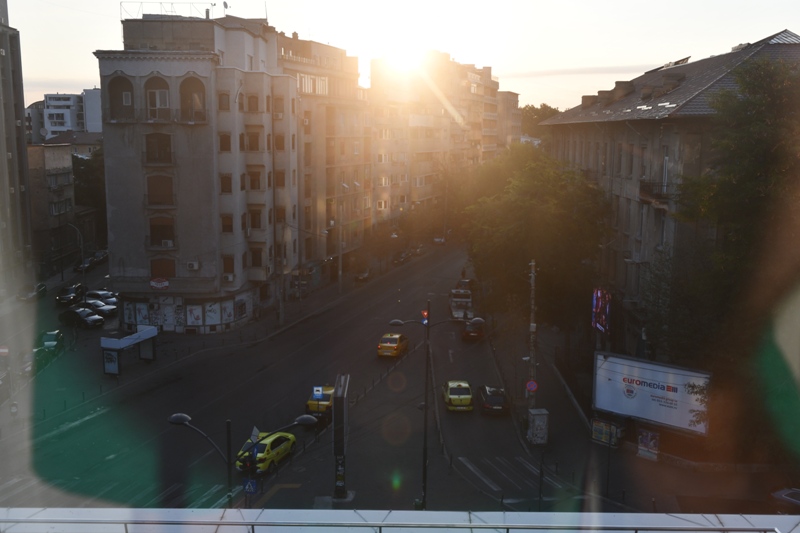
We get these deposited in our room while we are out for supper. As you can read, it tells us about our itinerary for the next day along with some facts about the place or country we are about to visit.





How do we know we're in Bucharest? Look at the man hole cover
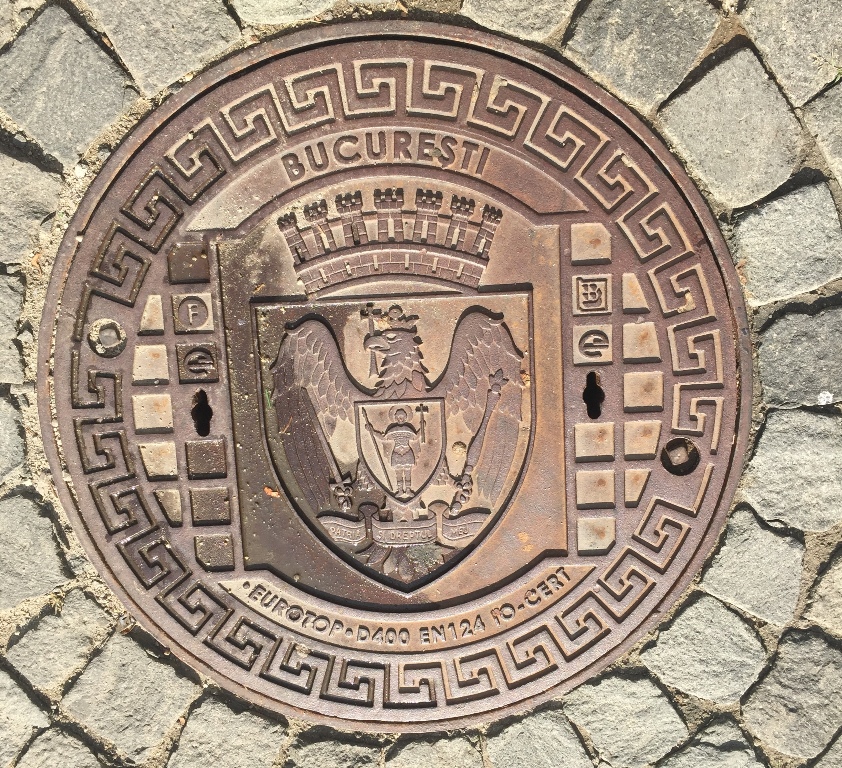
Viking tour brought us to Old Town and went to The National Museum of Romanian History is a museum located on Calea Victoriei in Bucharest, Romania

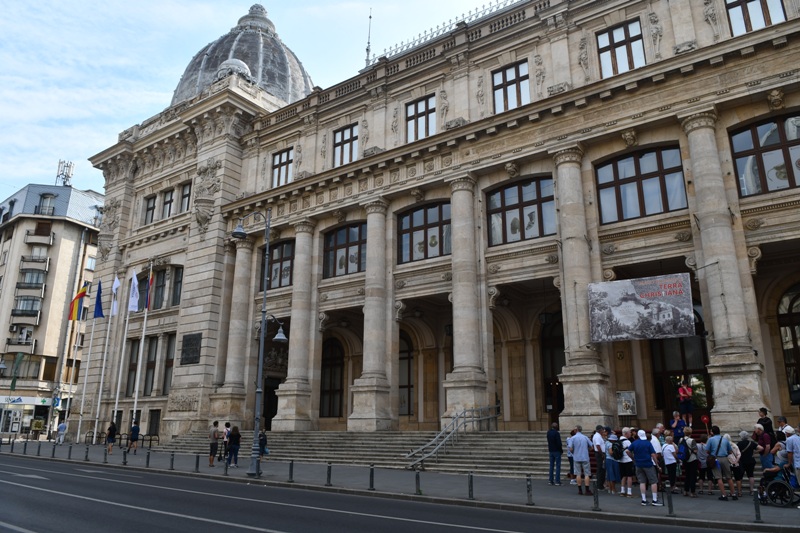
Nearly in front of it was the National Bank of Romania Museum.
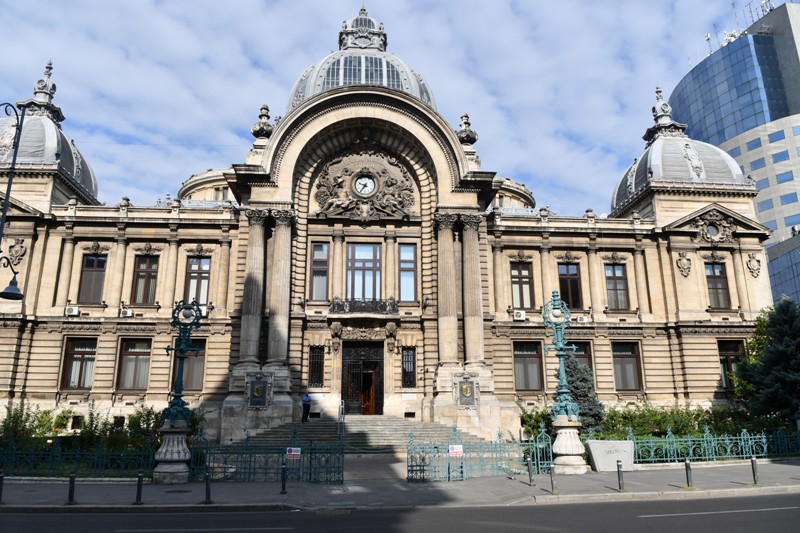
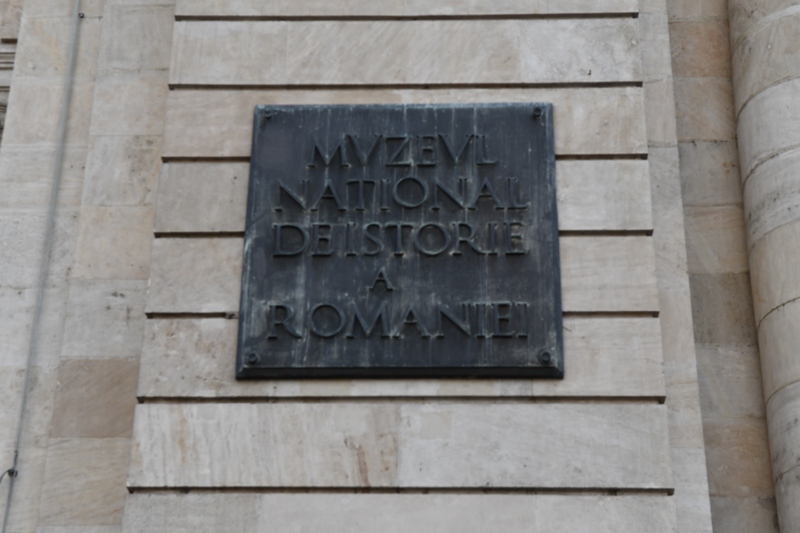
The 1977 Vrancea earthquake occurred on 4 March 1977, at 21:22 local time, and was felt throughout the Balkans. It had a magnitude of 7.2, making it the second most powerful earthquake recorded in Romania in the 20th century, after 10 November 1940 seismic event. About 32,900 buildings were damaged or destroyed. Immediately after the earthquake, 35,000 families were without shelter. Most of the damage was concentrated in Romania's capital, Bucharest, where about 33 large buildings collapsed. Most of those buildings were built before World War II, and were not reinforced. The city centre saw the largest scale destruction and loss of life, since the earthquake particularly affected multi-storey buildings, mostly apartment buildings. This red sign in Bucharest warns that the building is in the highest risk category in the event of an earthquake. If people see the spot, the price lowers and it is harder to sell.

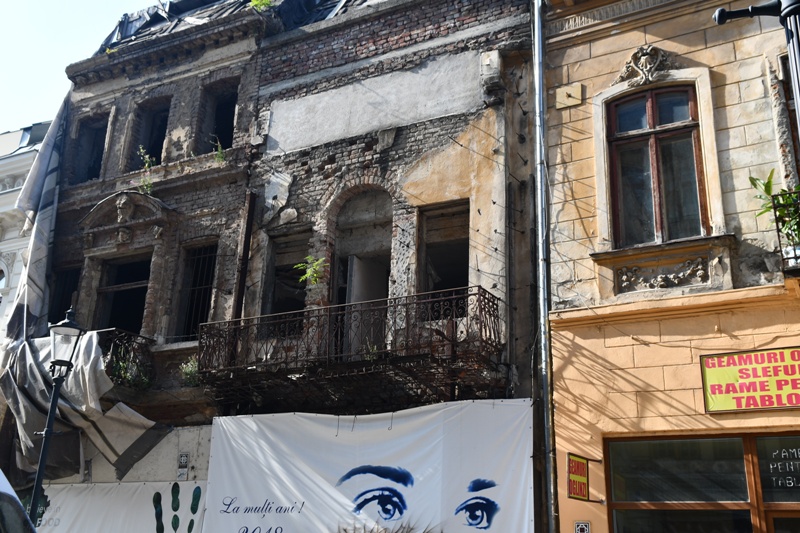

Despite everything happening around ... the animals seem at peace with the world
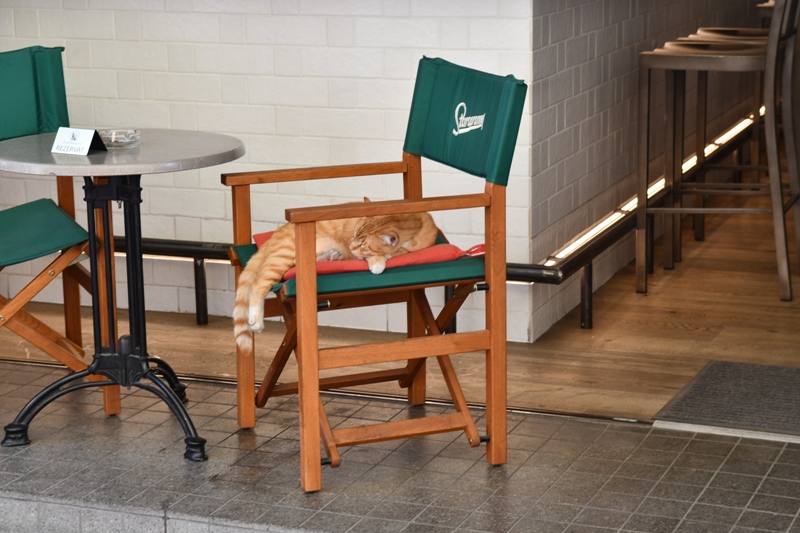
I took this picture to show the cleaning activities of the store and pub owners. They do not clean at night, but do so early in the morning.
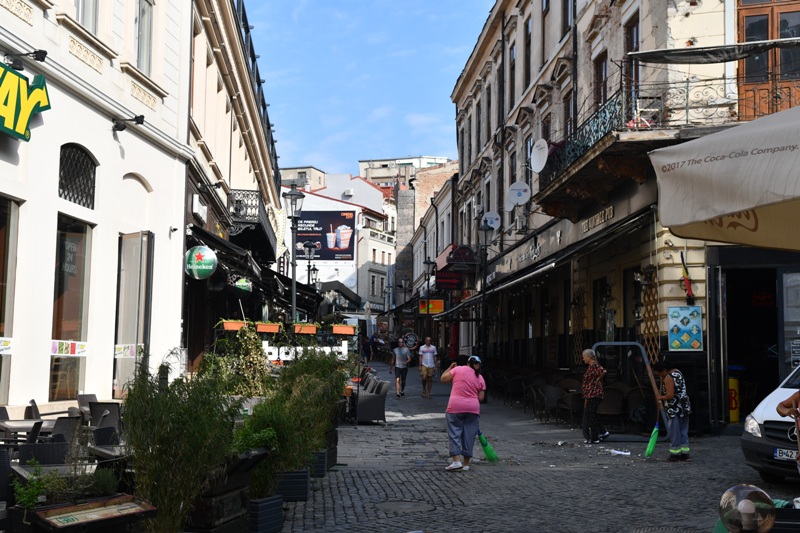
St. Anton Princely Church. Orthodox Church. This princely church was built by Mircea Ciobanul in 1559, and is the location of his grave. The church is "the oldest religious building maintained in its original aspect in Bucharest".
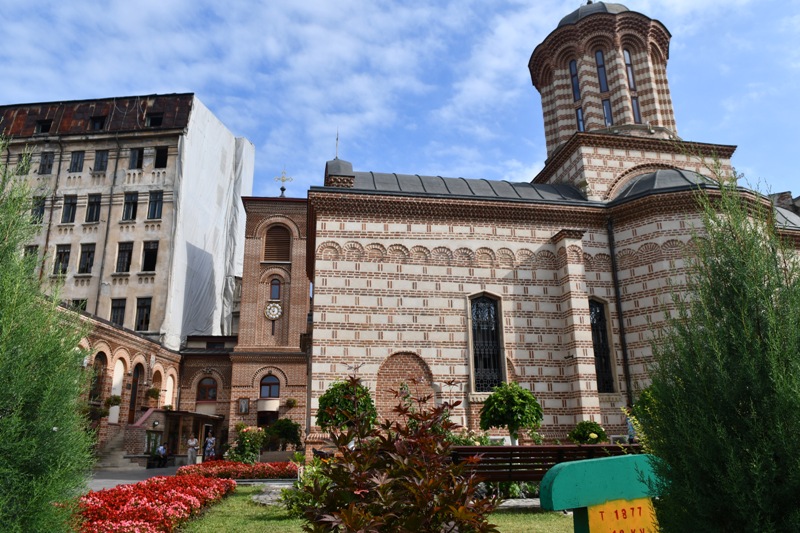
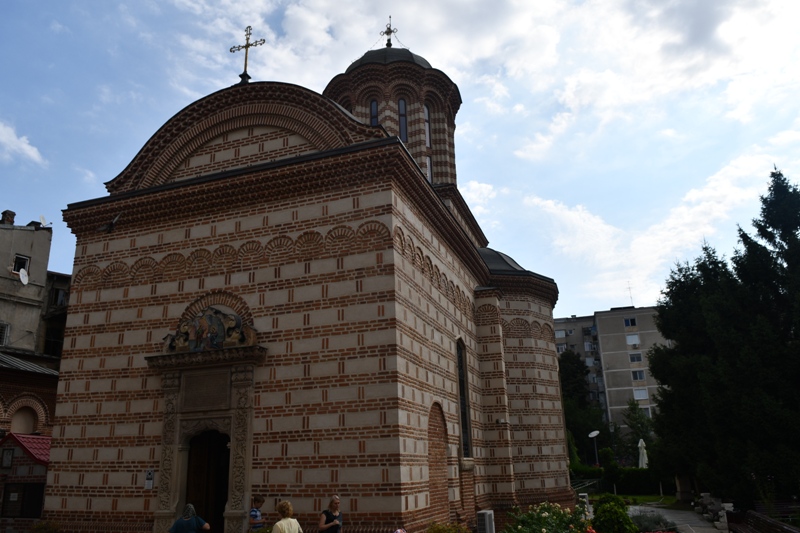
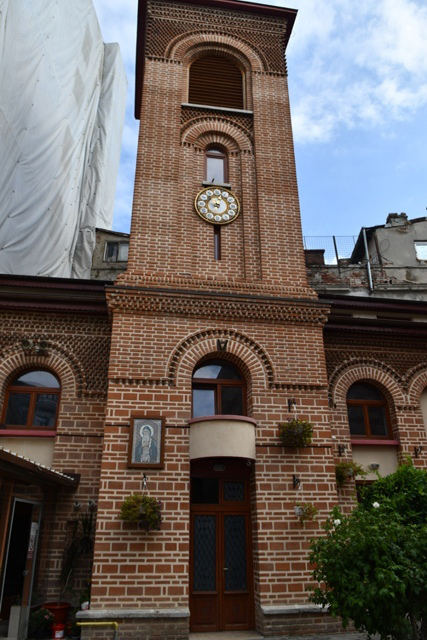
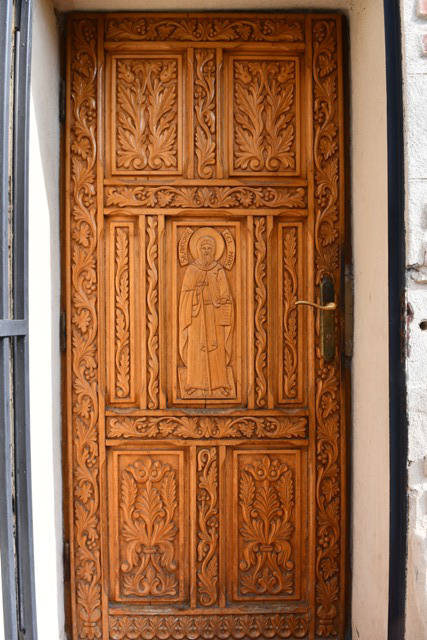
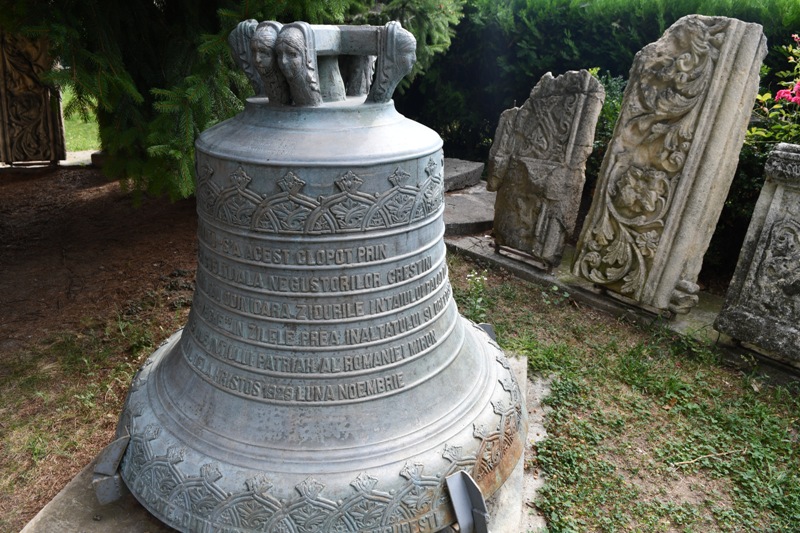
Inside is stunning with fresco on the wall and gold-splattered alter. The church was the coronation site of the Wallachian princes.


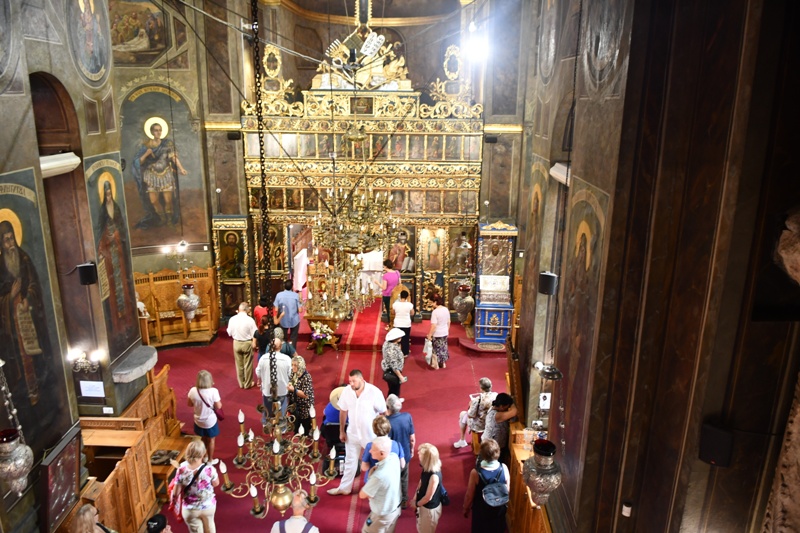
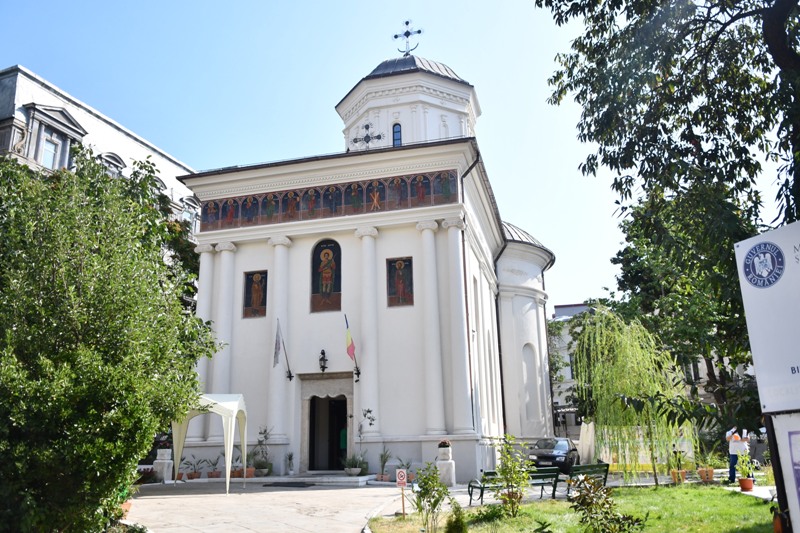
I took a picture of the police protecting what seemed like precious cargo that was being loaded.
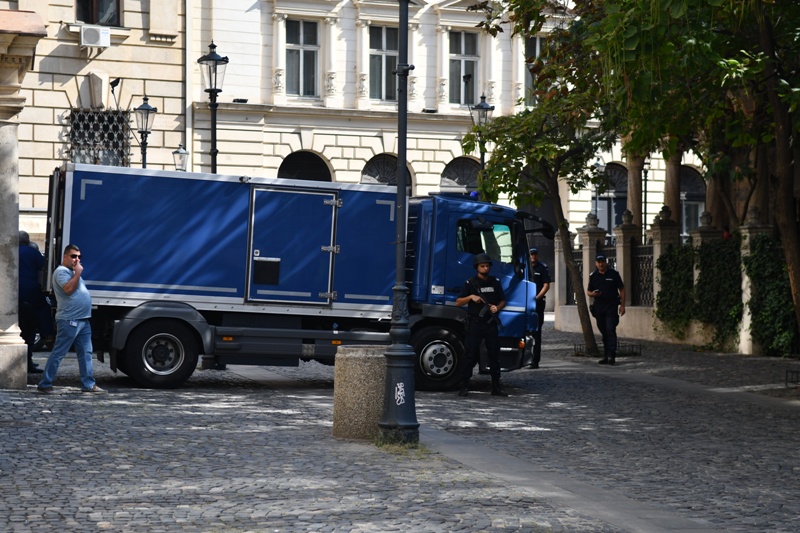
Stavropoleos Monastery or Stavropoleos Church -during the last century when the monastery was dissolved, is an Eastern Orthodox monastery for nuns in central Bucharest, Romania. The name Stavropoleos is the genitive case of Stavropolis (Greek, "The city of the Cross"). The church was built in 1724.

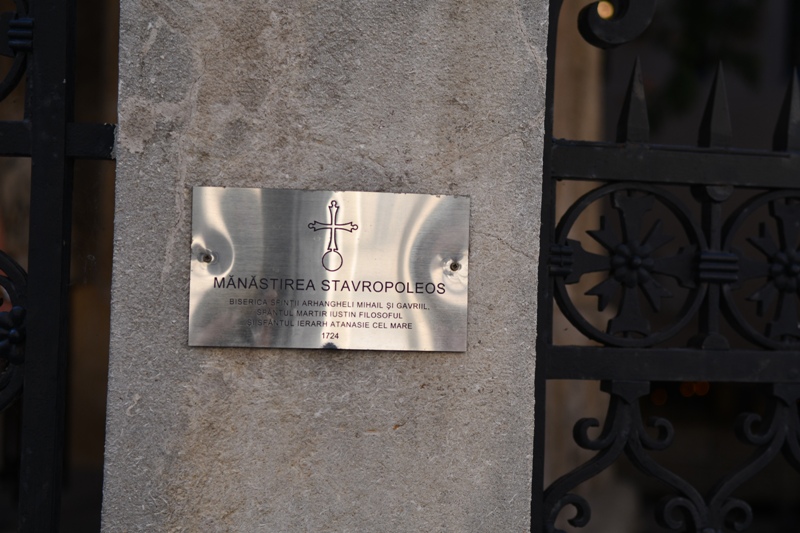
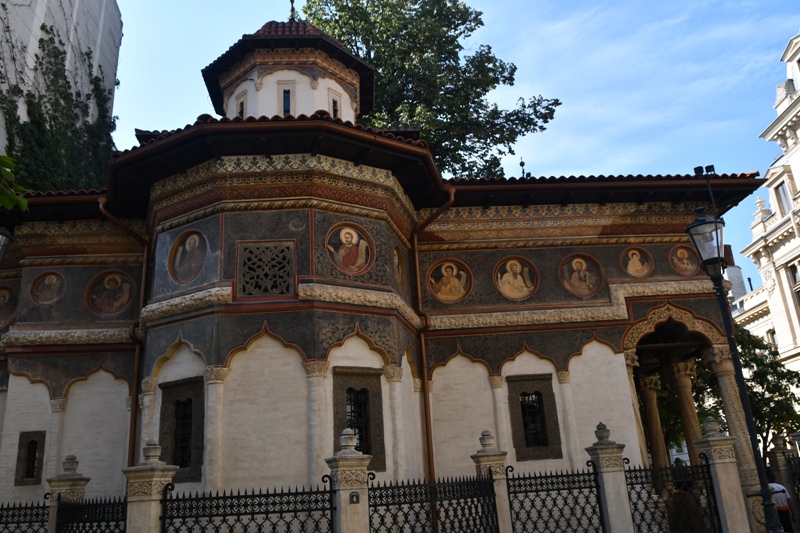
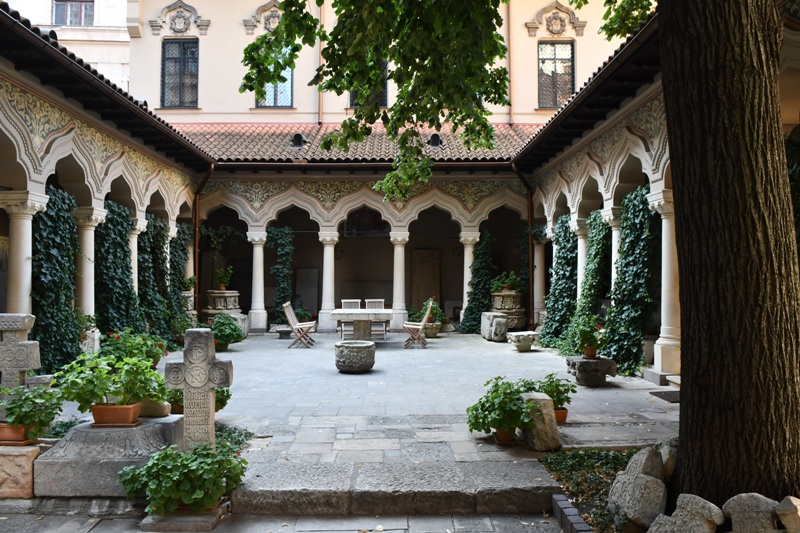
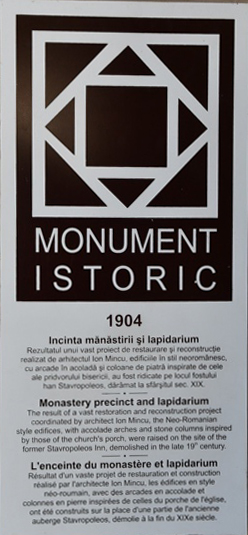
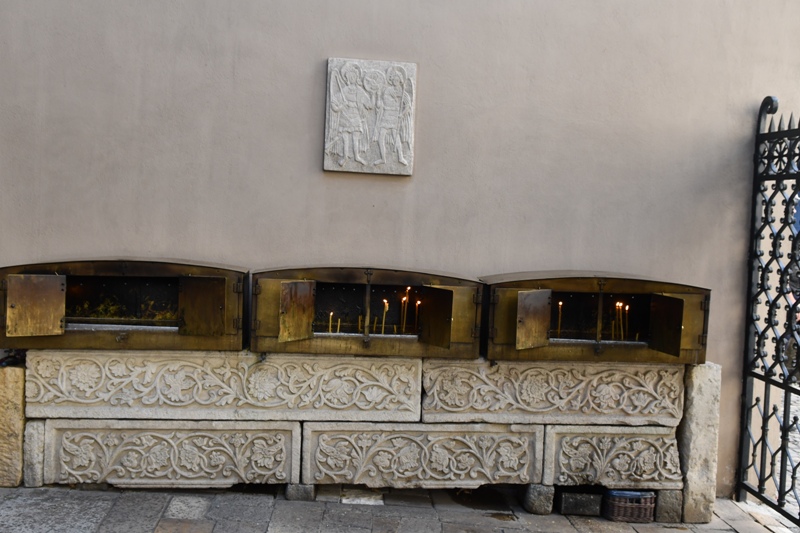
This is at one of the pubs lining the side street. Notice how comfortable the chairs are and with the hookahs.

Monument to Eugeniu Carada. Considered one of the founders of the Romanian modern state, Eugeniu Carada was involved in most of the important moments before the Great Union of 1918.
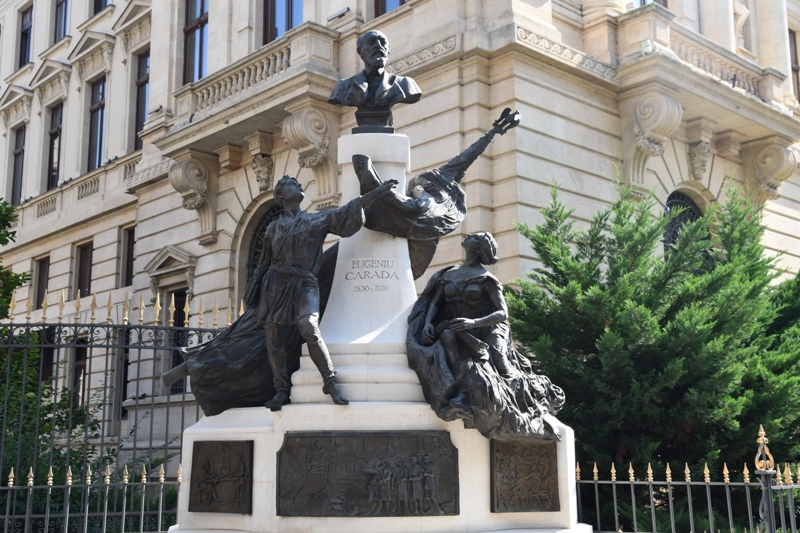
Museum of the National Bank of Romania
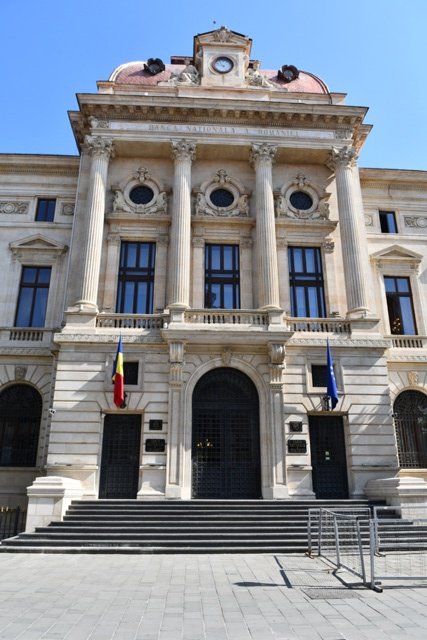
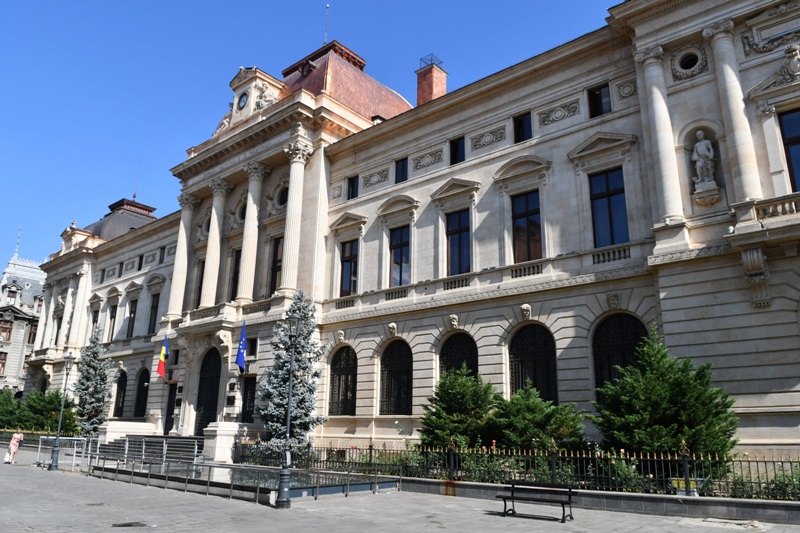
There were rumours that the KGB infiltration of the clergy even reached the point that KGB agents listened to confessions.
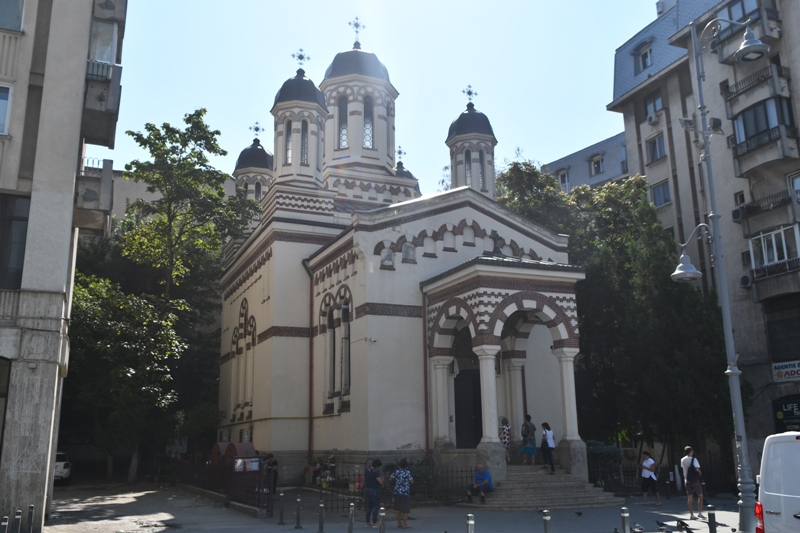
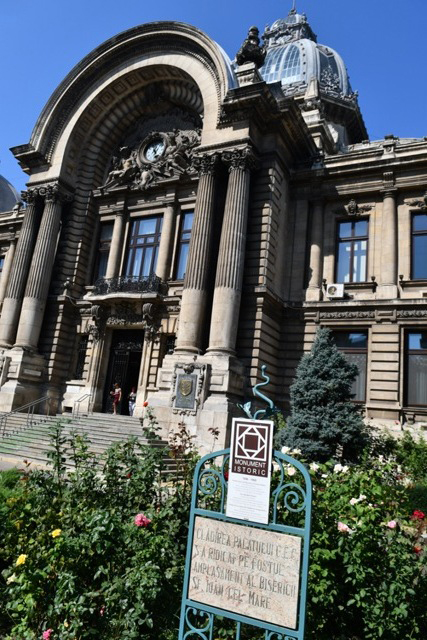
The Palace of the Parliament is the seat of the Parliament of Romania. Located on Dealul Arsenalului in the national capital city of central Bucharest, it is the second largest administrative building in the world after The Pentagon.
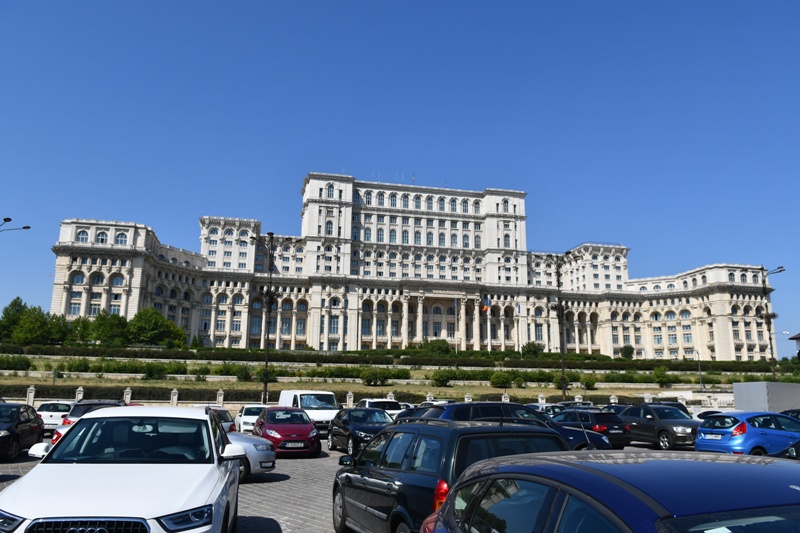
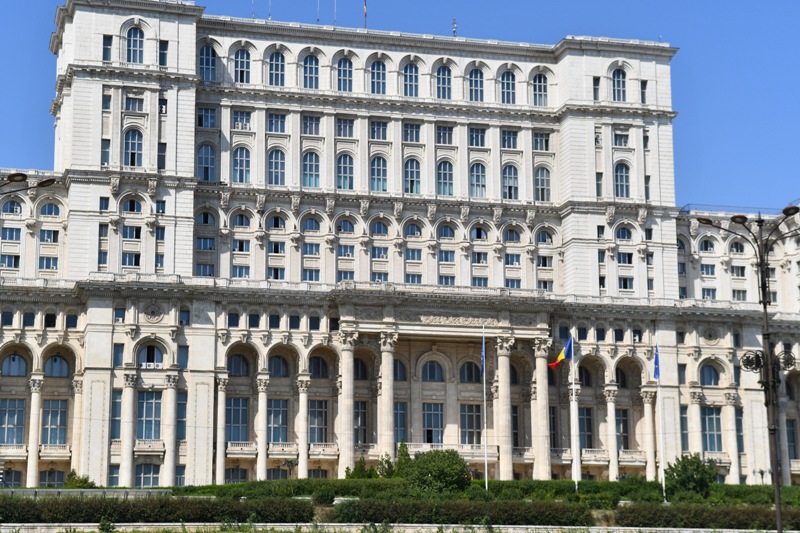
This is one of the buses that we took from took attraction point to the next point. Sharon can be seen just above the "K"
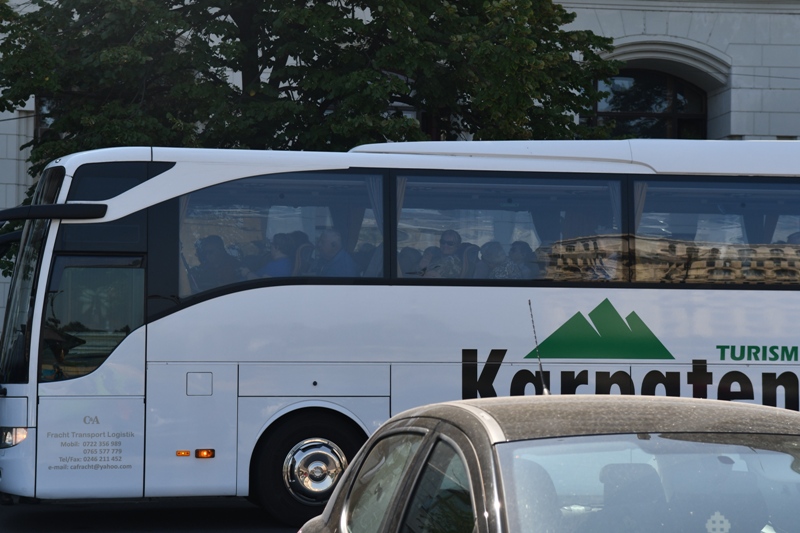
The panel below is a "hotspot" so if you want to read the map, just click on it and it will open in another window.

Before going into the Village Museum, our guide spent a lot of time explain the history of Vlad the Impaler. Interesting, if you want to read about it, click here.
Dimitrie Gusti National Village Museum. Below is Dragomirești church.
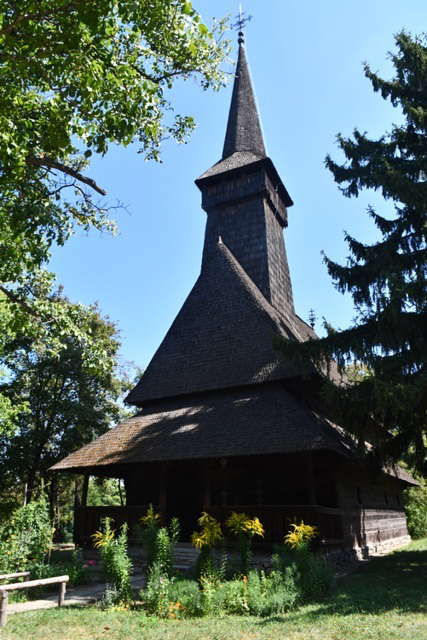
A peaceful cat
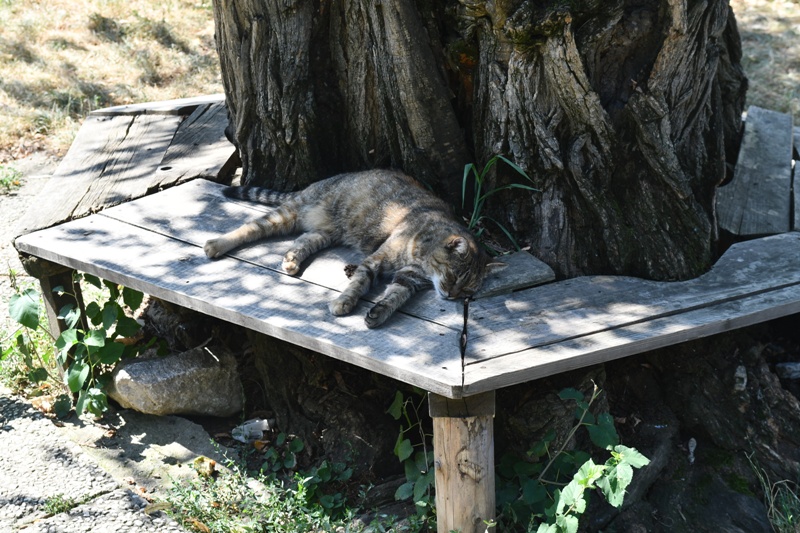
There were vendors selling souvenirs ( hand painted eggs) inside the village.
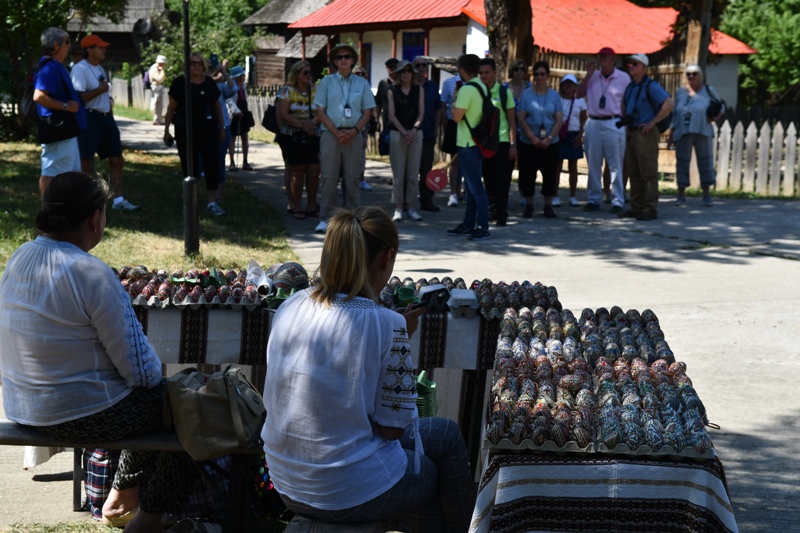
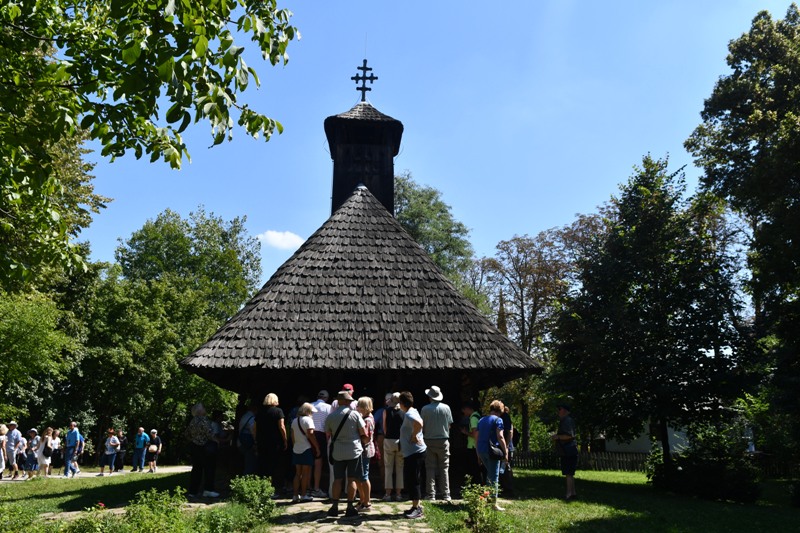
Hobbit type of houses. They were camouflaged by looking like hay stacks which were covering the roofs and they were dug into the ground so they were cooler in the summers. The front door also never faced the road so that the enemy would just ride by without noticing the house.
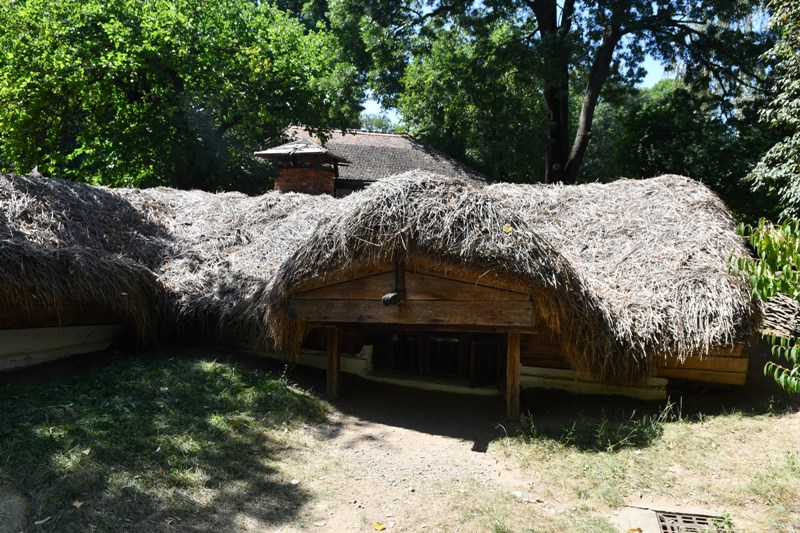
The Arch of Triumph in Bucharest. According to historical data, the Arch of Triumph in Bucharest was built after the drawings of Petre Antonescu, following the French model, built by order of Napoleon Bonaparte. The Arch of Triumph symbolizes the victories of Romanians during WWI. Build during the period of 1921-1922, by the order of King Ferdinand, The Arch of Triumph could be imposed in those days as the most significant historical monument in the capital.
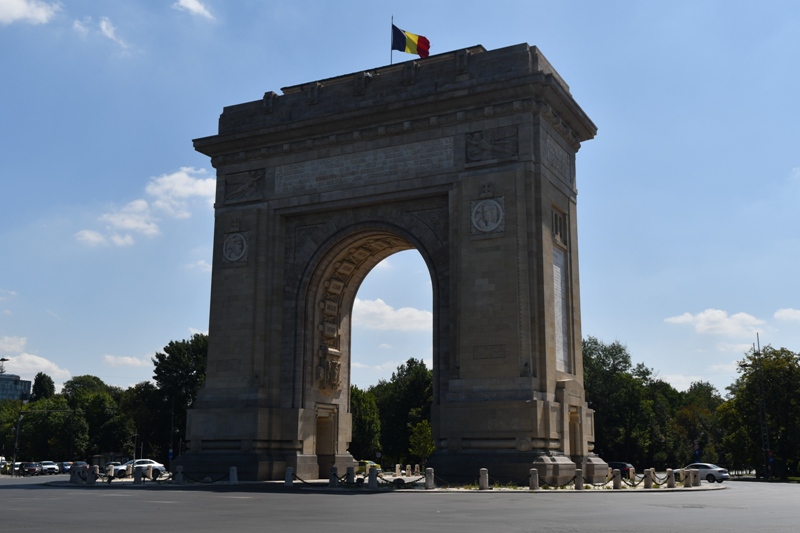
The sun is setting announcing the end of a day as the moon appears in the horizon.
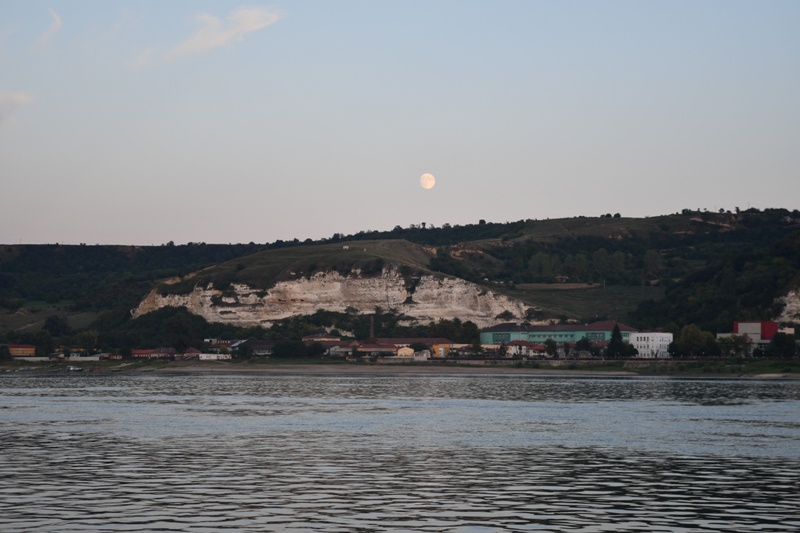
Back to Passage to Eastern Europe click here



